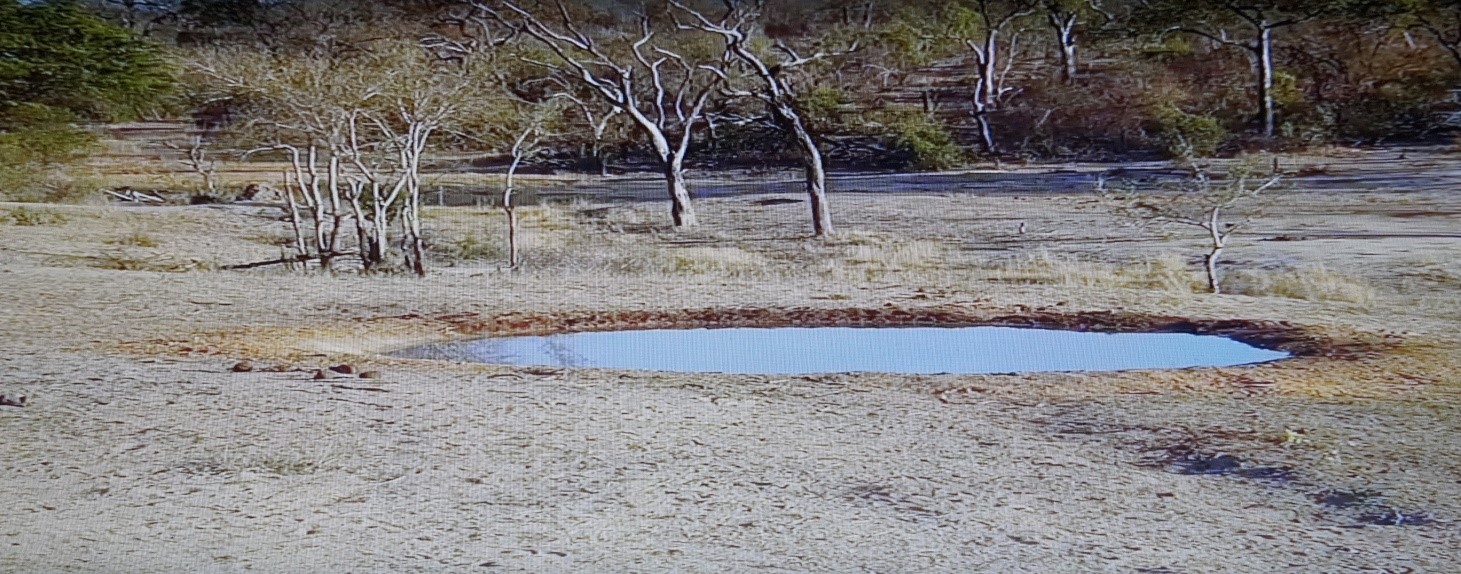
On Youtube.com, there's a live camera in South Africa. It's called Djuma Cam Live Stream; beneath the title it says "Live." Djuma Game Reserve is a 4.6 square mile private game reserve, which is part of the Sabi Sand Game Reserve, Mpumalanga Province, South Africa. It is situated on the western border of the Kruger National Park in Transvaal, which together with some other parks make up the Greater Kruger National Park. You can see lots of animals, but not every animal comes to the waterhole at the same time. The live camera does 24 hours of streaming; it has 12 hours of memory. This camera watches over Gowrie dam on Djuma Game Reserve, in the Sabi Sand Wildtuin, South Africa. In fact, this is the oldest waterhole cam in Africa and the world. It’s been broadcasting LIVE from this spot since 1998. The camera is remotely controlled by a volunteer corps of people around the world known as ‘zoomies’. They log into the camera according to a schedule in shifts, and pan, tilt and zoom in search of animals. They also Tweet sightings @WildEarth. Djuma was started in 1993 as a safari lodge by the Moolman family and is renowned for the quality of their game safaris.
The dry season is from May-September (the grass is brown during this time) and the wet season is from October-April (the grass is green during this time) in this part of Africa. When day comes for us, it’s night in Africa; the daytime activity can be viewed at 9:45pm Mountain Time, 8:45pm Pacific Time, or 10:45pm Central Time, USA.
During the night hours on the live cam; every now and then it shows the regular night screen and an infra-red night screen. When the infra-red night screen shows; you can see the animal’s eyes glowing. You can see the animals in the morning too, if you can wake up in time. If not, just sit on the red bar, rewind it, and you can scan it to see the wildlife that visited the waterhole. Below is the list of wildlife viewed at the waterhole.
You can see 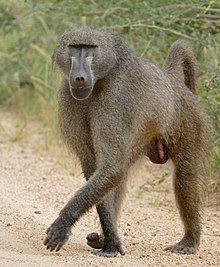 Chacma Baboons,
Chacma Baboons, 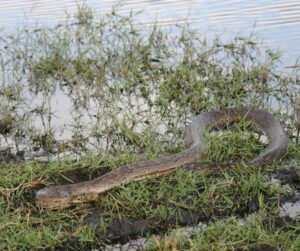 African Rock Pythons,
African Rock Pythons, 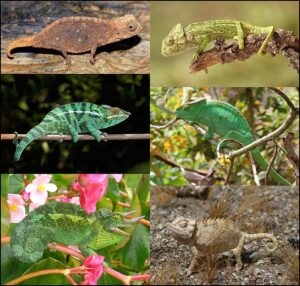 Chameleon's,
Chameleon's, 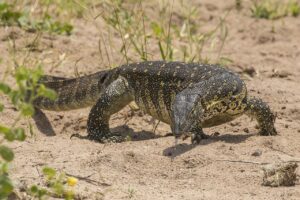 Monitor Lizards,
Monitor Lizards, 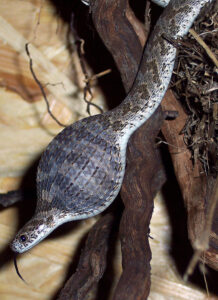 Rhombic egg-eater Snakes,
Rhombic egg-eater Snakes, 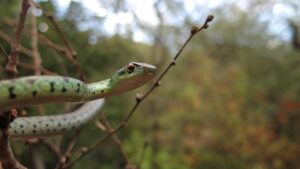 Spotted bush Snakes,
Spotted bush Snakes, 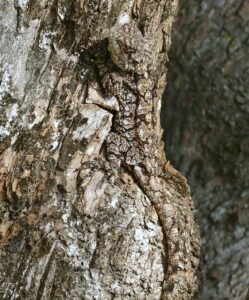 Southern tree Agamas,
Southern tree Agamas, 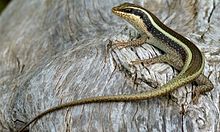 Striped skink Lizards,
Striped skink Lizards, 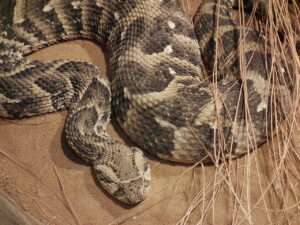 Puff Adders,
Puff Adders, 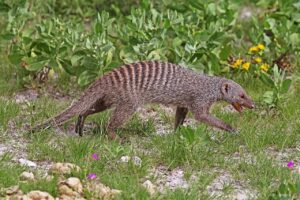 Banded Mongooses,
Banded Mongooses, 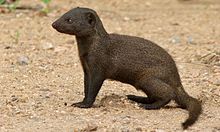 Dwarf Mongooses,
Dwarf Mongooses, 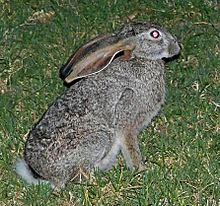 Rabbits (Scrub Hares),
Rabbits (Scrub Hares), 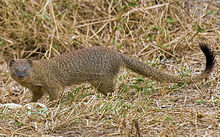 Slender Mongooses,
Slender Mongooses, 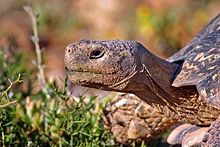 Tortoises,
Tortoises, 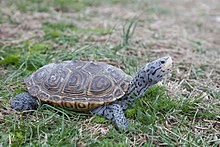 Terrapins,
Terrapins, 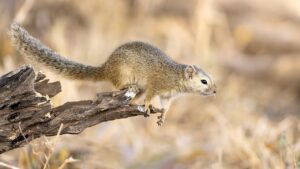 Tree Squirrels, and
Tree Squirrels, and 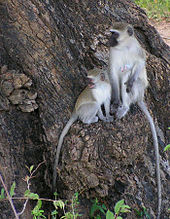 Vervet Monkeys.
Vervet Monkeys. 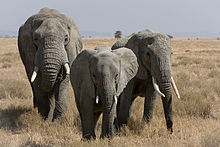 Elephants,
Elephants, 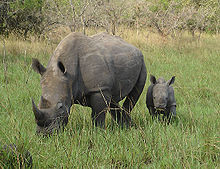 White Rhinos (I have never seen
White Rhinos (I have never seen 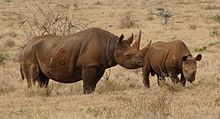 Black Rhinos around the waterhole before),
Black Rhinos around the waterhole before), 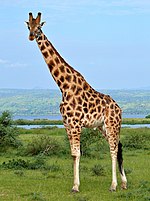 Giraffes,
Giraffes, 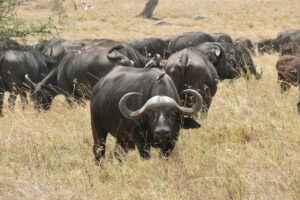 Cape Buffalo, Antelopes (
Cape Buffalo, Antelopes (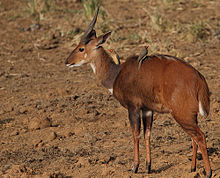 Bushbuck,
Bushbuck, 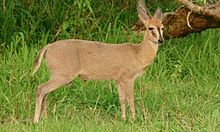 Common Duikers,
Common Duikers,  Impala,
Impala, 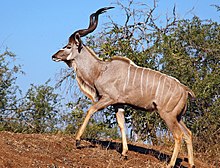 Kudu,
Kudu, 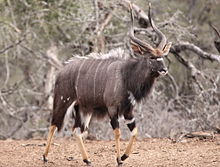 Nyala,
Nyala,  Steenbok, and
Steenbok, and 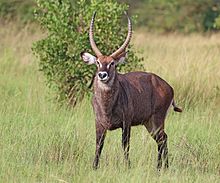 Waterbuck),
Waterbuck), 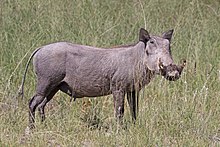 Warthogs,
Warthogs, 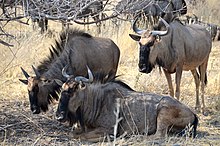 Wildebeest, and
Wildebeest, and 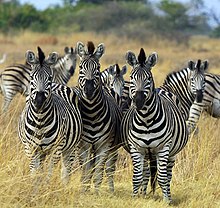 Zebra come there to graze and drink.
Zebra come there to graze and drink.
A 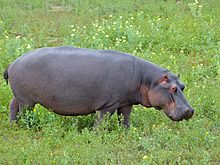 Hippo was seen for the first time during the night hours on June 23, 2017, and a Hippo was seen for the first time during the day hours on July 11, 2018. Hippos - 1,022 times during the day hours and 4,016 times during the night hours, this is unusual because waterholes are small. Hippos are usually found in lakes, rivers, and swamps. They stayed in the water for a while then moved on. Hippos usually stay in the water during the day and come out at night to graze.
Hippo was seen for the first time during the night hours on June 23, 2017, and a Hippo was seen for the first time during the day hours on July 11, 2018. Hippos - 1,022 times during the day hours and 4,016 times during the night hours, this is unusual because waterholes are small. Hippos are usually found in lakes, rivers, and swamps. They stayed in the water for a while then moved on. Hippos usually stay in the water during the day and come out at night to graze. 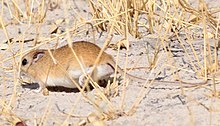 Bushveld Gerbils,
Bushveld Gerbils, 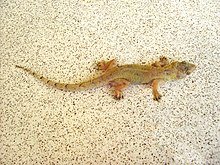 Geckos, Rabbits,
Geckos, Rabbits, 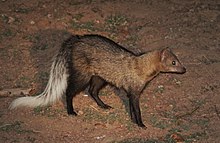 White-tailed Mongooses, Common Duikers,
White-tailed Mongooses, Common Duikers, 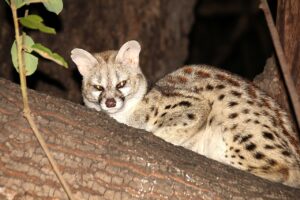 Large-spotted Genets, and Tree Squirrels are seen there during the night hours; Tree Squirrels - nine times and Genets - 1,098 times.
Large-spotted Genets, and Tree Squirrels are seen there during the night hours; Tree Squirrels - nine times and Genets - 1,098 times.
Ten predators have been seen around the waterhole. There have been 70 Leopard hunts, 27 Hyena hunts, 21 Lion hunts, six African Wild Dog hunts, and one African WildCat and Crocodile hunt. A female 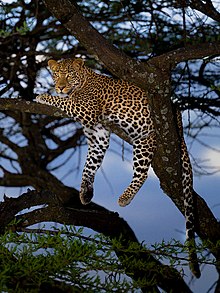 Leopard was seen for the first time on April 10, 2017, and a male Leopard was seen for the first time on July 22, 2017. During different hunts a male Leopard killed a Bushbuck, a young Nyala, a Rabbit, a Tree Squirrel, a Warthog, and a Monitor Lizard once, a Common Duiker and an Impala three times, it hunted a Baboon, a Civet, an Egyptian Goose, a herd of Kudu, a Thick-knee, a White-tailed Mongoose, a Steenbok, and a Waterbuck too, but they got away. A
Leopard was seen for the first time on April 10, 2017, and a male Leopard was seen for the first time on July 22, 2017. During different hunts a male Leopard killed a Bushbuck, a young Nyala, a Rabbit, a Tree Squirrel, a Warthog, and a Monitor Lizard once, a Common Duiker and an Impala three times, it hunted a Baboon, a Civet, an Egyptian Goose, a herd of Kudu, a Thick-knee, a White-tailed Mongoose, a Steenbok, and a Waterbuck too, but they got away. A 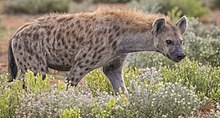 Spotted Hyena was seen for the first time on June 7, 2017, a male
Spotted Hyena was seen for the first time on June 7, 2017, a male 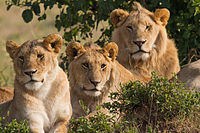 Lion was seen for the first time on June 11, 2017. The Lionesses may have been out hunting. After he’s finished drinking, I heard him roaring. On August 2, 2017, the whole pride came there. The owners of the Vuyatela Lodge called it the Nkuhuma pride; there are 10 Lionesses and four males. There are two other prides I seen come to the waterhole; they’re called the Styx Pride and the Talamati Pride. There are nine Lionesses and one male in the Styx Pride. There are 10 Lionesses, one male, and five cubs (four males and one female) in the Talamati Pride. The Nkuhuma Pride is the first pride to visit the waterhole; when they inhabited the waterhole, they visited more often than the other prides; they are my favorite out of the three prides. The Talamati Pride visited the waterhole for the first time on July 6, 2018, and the Styx Pride visited the waterhole for the first time on June 6, 2019. The Styx Pride has not returned. The males of the Nkuhuma Pride are called the Kambula males; their names are K3, K4, K5, and K6. The male of the Styx Pride is called the Scutani male. The male of the Talamati Pride is called the Imbali male; his name is S8.
Lion was seen for the first time on June 11, 2017. The Lionesses may have been out hunting. After he’s finished drinking, I heard him roaring. On August 2, 2017, the whole pride came there. The owners of the Vuyatela Lodge called it the Nkuhuma pride; there are 10 Lionesses and four males. There are two other prides I seen come to the waterhole; they’re called the Styx Pride and the Talamati Pride. There are nine Lionesses and one male in the Styx Pride. There are 10 Lionesses, one male, and five cubs (four males and one female) in the Talamati Pride. The Nkuhuma Pride is the first pride to visit the waterhole; when they inhabited the waterhole, they visited more often than the other prides; they are my favorite out of the three prides. The Talamati Pride visited the waterhole for the first time on July 6, 2018, and the Styx Pride visited the waterhole for the first time on June 6, 2019. The Styx Pride has not returned. The males of the Nkuhuma Pride are called the Kambula males; their names are K3, K4, K5, and K6. The male of the Styx Pride is called the Scutani male. The male of the Talamati Pride is called the Imbali male; his name is S8.
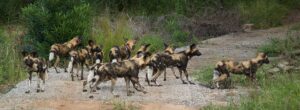 African Wild Dogs were seen for the first time on December 28, 2017, two
African Wild Dogs were seen for the first time on December 28, 2017, two 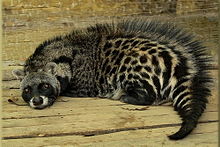 Civets were seen for the first time during the night hours on January 23, 2018, a
Civets were seen for the first time during the night hours on January 23, 2018, a 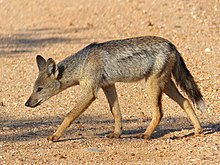 Side-striped Jackal was seen for the first time during the night hours on June 16, 2018, a
Side-striped Jackal was seen for the first time during the night hours on June 16, 2018, a 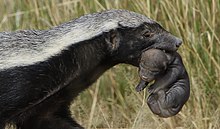 Honey Badger was seen for the first time during the night hours on July 2, 2018, an
Honey Badger was seen for the first time during the night hours on July 2, 2018, an 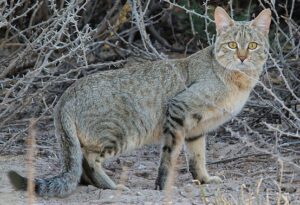 African WildCat was seen for the first time during the night hours on October 19, 2018; on August 18, 2023, the African WildCat hunted a Rabbit, but it got away, a
African WildCat was seen for the first time during the night hours on October 19, 2018; on August 18, 2023, the African WildCat hunted a Rabbit, but it got away, a 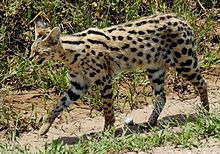 Serval was seen for the first time during the night hours on April 3, 2019, an
Serval was seen for the first time during the night hours on April 3, 2019, an 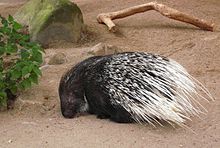 African-crested Porcupine was seen for the first time during the night hours on April 22, 2019, a
African-crested Porcupine was seen for the first time during the night hours on April 22, 2019, a 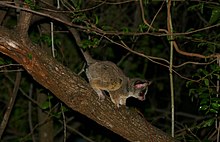 Bushbaby was seen for the first time during the night hours on May 11, 2019, and a
Bushbaby was seen for the first time during the night hours on May 11, 2019, and a 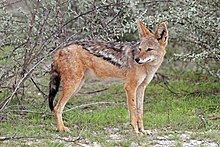 Black-backed Jackal was seen for the first time during the night hours on July 29, 2019. During different hunts Hyenas hunted a Kudu twice and a young Elephant, a troop of Baboons, a young Waterbuck, and a Steenbok once, but they got away, they also killed an Impala 10 times, and a Common Duiker, a Wildebeest calf, and a Buffalo once. During different hunts the Nkuhuma Pride killed a Buffalo and an Impala once, they hunted a small herd of Zebra once and a Nyala twice too, but they got away. During different hunts the Talamati Pride killed a Wildebeest and a Waterbuck once, they hunted a Bushbuck, a Nyala, a young Elephant, a Giraffe, and a Zebra once, a Buffalo twice, and Impala six times too, but they got away. A female
Black-backed Jackal was seen for the first time during the night hours on July 29, 2019. During different hunts Hyenas hunted a Kudu twice and a young Elephant, a troop of Baboons, a young Waterbuck, and a Steenbok once, but they got away, they also killed an Impala 10 times, and a Common Duiker, a Wildebeest calf, and a Buffalo once. During different hunts the Nkuhuma Pride killed a Buffalo and an Impala once, they hunted a small herd of Zebra once and a Nyala twice too, but they got away. During different hunts the Talamati Pride killed a Wildebeest and a Waterbuck once, they hunted a Bushbuck, a Nyala, a young Elephant, a Giraffe, and a Zebra once, a Buffalo twice, and Impala six times too, but they got away. A female 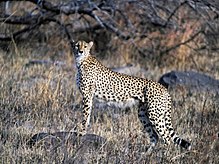 Cheetah was seen for the first time on August 19, 2019; a pair of male Cheetahs was seen for the first time during the night hours on July 22, 2024, a
Cheetah was seen for the first time on August 19, 2019; a pair of male Cheetahs was seen for the first time during the night hours on July 22, 2024, a 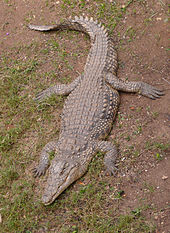 Nile Crocodile was seen in the water for the first time on February 25, 2020, on March 8, 2020, the Crocodile almost caught a Wildebeest, but it got away. During different hunts African Wild Dogs hunted an Impala and a Bushbuck, but they got away; they killed a young Waterbuck twice, and a
Nile Crocodile was seen in the water for the first time on February 25, 2020, on March 8, 2020, the Crocodile almost caught a Wildebeest, but it got away. During different hunts African Wild Dogs hunted an Impala and a Bushbuck, but they got away; they killed a young Waterbuck twice, and a 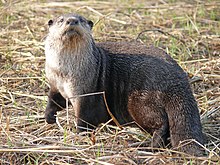 Cape clawless Otter was seen for the first time on February 7, 2021.
Cape clawless Otter was seen for the first time on February 7, 2021.
One hundred forty-six (146) species of Birds are seen at the waterhole (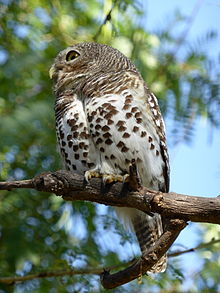 African barred Owlets,
African barred Owlets, 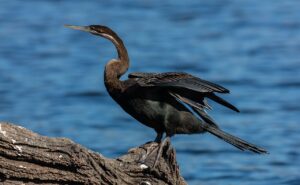 African Darters,
African Darters, 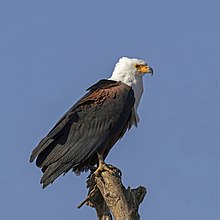 African Fish Eagles,
African Fish Eagles, 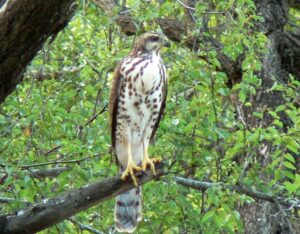 African Goshawks,
African Goshawks, 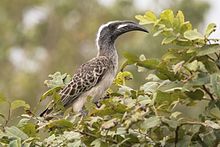 African grey Hornbills,
African grey Hornbills, 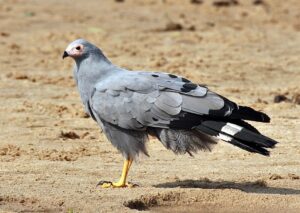 African harrier-Hawks,
African harrier-Hawks, 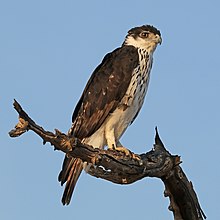 African Hawk-Eagles,
African Hawk-Eagles, 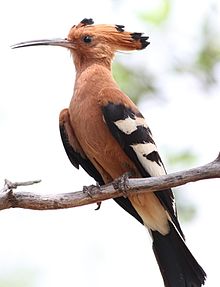 African-Hoopoes,
African-Hoopoes, 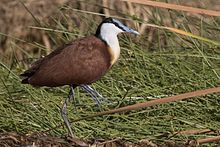 African Jacanas,
African Jacanas, 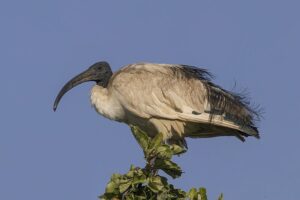 African sacred Ibises,
African sacred Ibises, 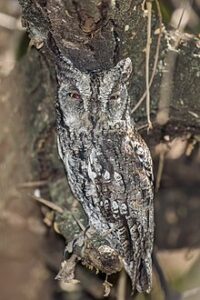 African scops Owls,
African scops Owls, 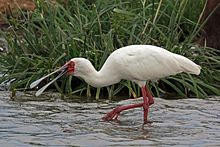 African Spoonbills,
African Spoonbills, 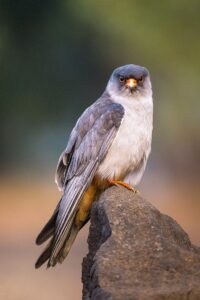 Amur Falcons,
Amur Falcons, 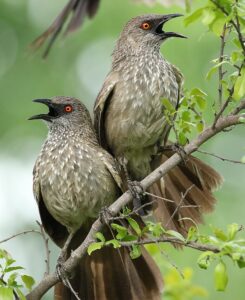 Arrow-marked Babblers,
Arrow-marked Babblers, 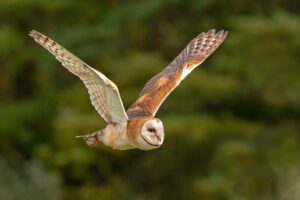 Barn Owls,
Barn Owls, 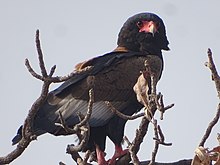 Bateleur Eagles,
Bateleur Eagles, 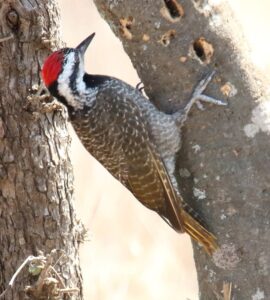 Bearded Woodpeckers,
Bearded Woodpeckers, 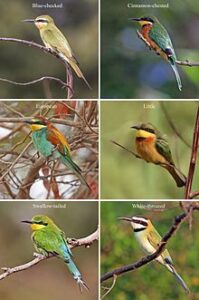 Bee-eaters,
Bee-eaters, 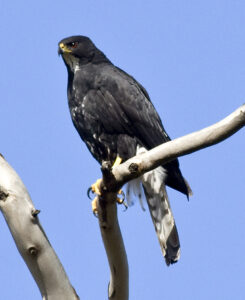 Balck Sparrowhawks,
Balck Sparrowhawks, 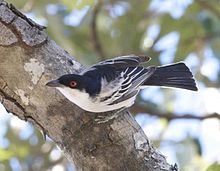 Black-backed Puffbacks,
Black-backed Puffbacks, 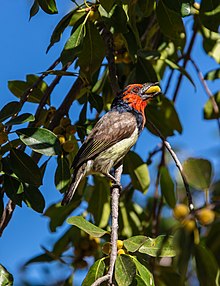 Black-collared Barbets,
Black-collared Barbets, 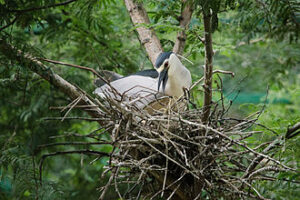 Black-crowned Night Herons,
Black-crowned Night Herons, 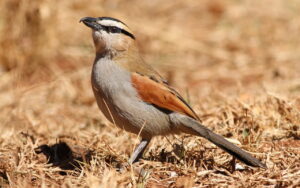 Black-crowned Tchagras,
Black-crowned Tchagras, 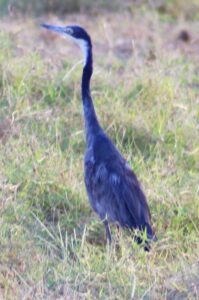 Black-headed Herons,
Black-headed Herons, 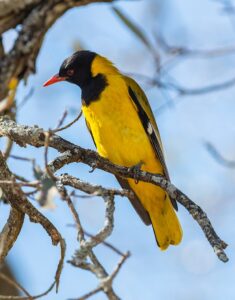 Black-headed Orioles,
Black-headed Orioles, 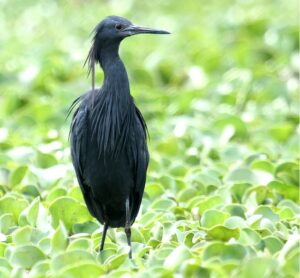 Black Herons,
Black Herons, 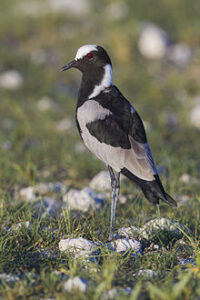 Black-smith Plovers,
Black-smith Plovers, 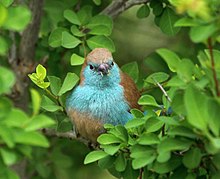 Blue Waxbills,
Blue Waxbills, 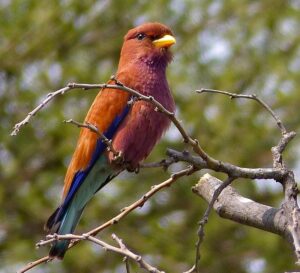 Broad-billed Rollers,
Broad-billed Rollers, 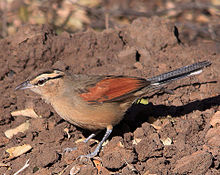 Brown-crowned Tchagras,
Brown-crowned Tchagras, 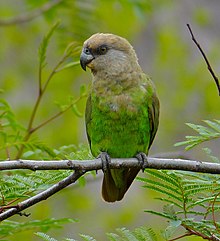 Brown-headed Parrots,
Brown-headed Parrots, 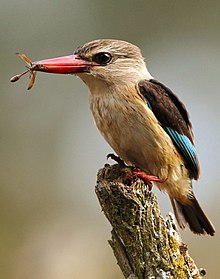 Brown-hooded Kingfishers,
Brown-hooded Kingfishers, 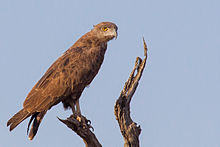 Brown Snake Eagles,
Brown Snake Eagles, 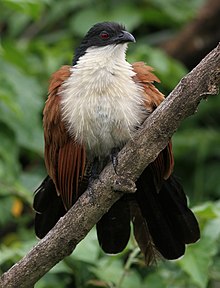 Burchell’s Coucals,
Burchell’s Coucals, 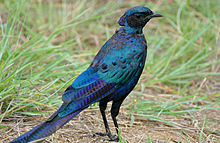 Burchell’s Starlings,
Burchell’s Starlings, 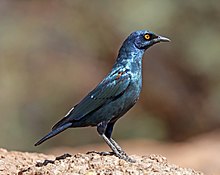 Cape glossy Starlings,
Cape glossy Starlings, 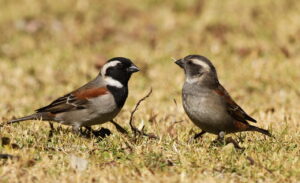 Cape Sparrows,
Cape Sparrows, 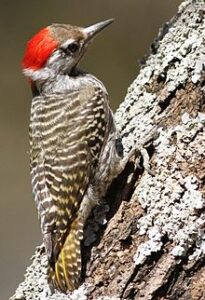 Cardinal Woodpeckers,
Cardinal Woodpeckers, 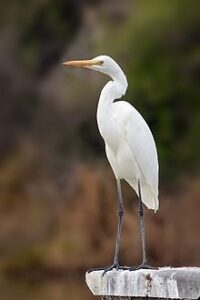 Cattle Egrets,
Cattle Egrets, 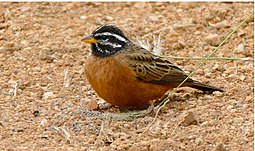 Cinnamon-breasted Buntings,
Cinnamon-breasted Buntings, 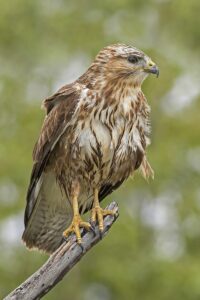 Common Buzzards,
Common Buzzards, 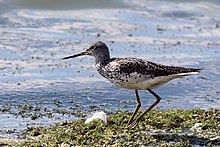 Common Greenshanks,
Common Greenshanks, 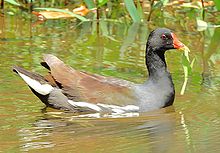 Common Moorhens,
Common Moorhens, 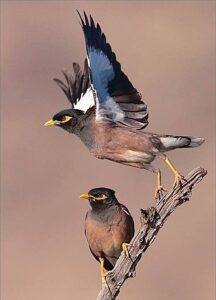 Common Mynas,
Common Mynas, 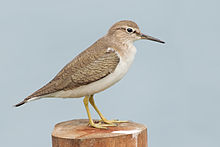 Common Sandpipers,
Common Sandpipers, 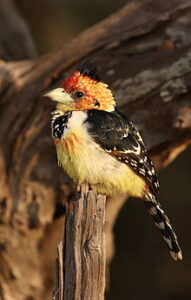 Crested Barbets,
Crested Barbets, 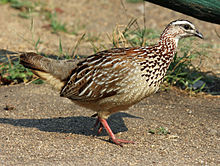 Crested Francolins,
Crested Francolins, 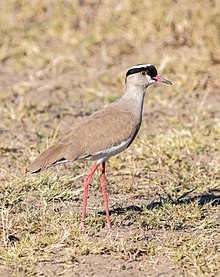 Crowned Plovers,
Crowned Plovers, 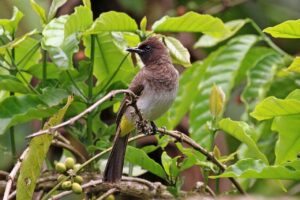 Dark-capped Bulbuls,
Dark-capped Bulbuls, 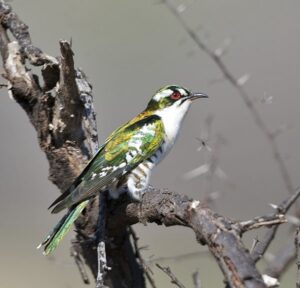 Diederik Cuckoos,
Diederik Cuckoos, 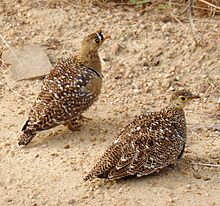 Double-banded Sandgrouse,
Double-banded Sandgrouse, 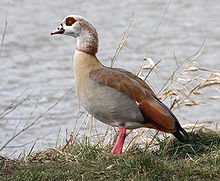 Egyptian Geese,
Egyptian Geese, 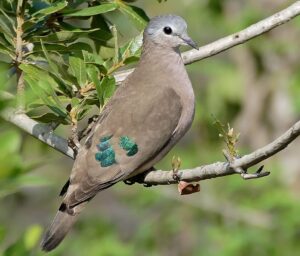 Emerald-spotted Wood Doves,
Emerald-spotted Wood Doves, 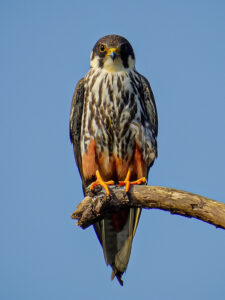 Eurasian Hobby's,
Eurasian Hobby's, 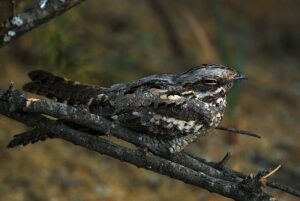 European Nightjars,
European Nightjars, 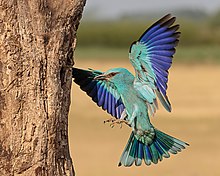 European Rollers,
European Rollers, 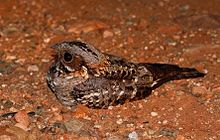 Fiery-necked Nightjars,
Fiery-necked Nightjars, 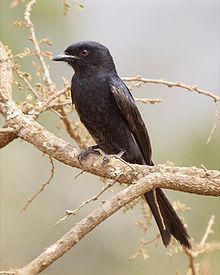 Fork-tailed Drongos,
Fork-tailed Drongos, 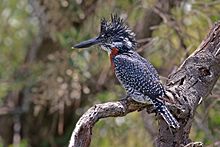 Giant Kingfishers,
Giant Kingfishers, 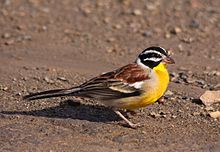 Golden-breasted Buntings,
Golden-breasted Buntings, 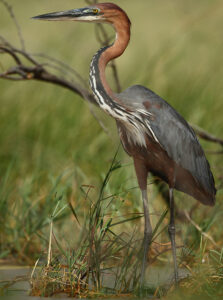 Goliath Herons,
Goliath Herons, 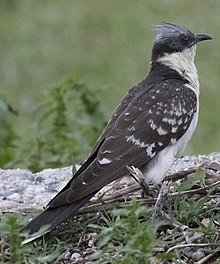 Great spotted Cuckoos,
Great spotted Cuckoos, 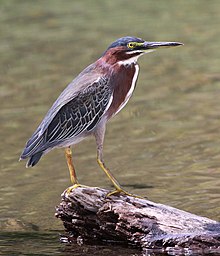 Green-backed Herons,
Green-backed Herons, 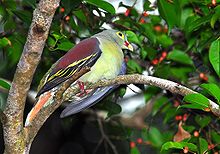 Green Pigeons,
Green Pigeons, 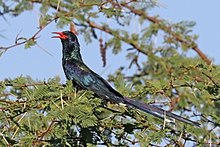 Green wood-Hoopoes,
Green wood-Hoopoes, 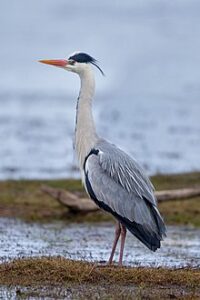 Grey Herons,
Grey Herons, 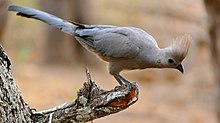 Grey Louries,
Grey Louries, 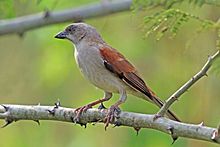 Grey-headed Sparrows,
Grey-headed Sparrows, 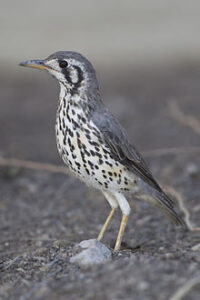 Groundscraper Thrushes,
Groundscraper Thrushes, 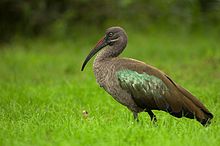 Hadada Ibises,
Hadada Ibises, 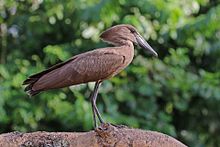 Hammerkops,
Hammerkops, 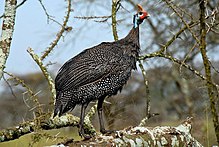 Helmeted Guineafowls,
Helmeted Guineafowls, 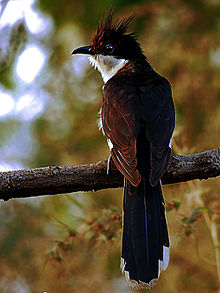 Jacobin Cuckoos,
Jacobin Cuckoos, 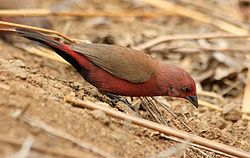 Jameson’s Firefinches,
Jameson’s Firefinches, 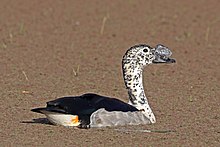 Knob-billed Ducks,
Knob-billed Ducks, 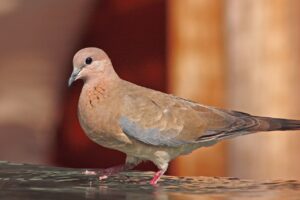 Laughing Doves,
Laughing Doves, 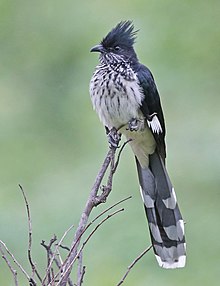 Levaillants Cuckoos,
Levaillants Cuckoos, 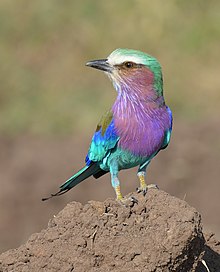 Lilac-breasted Rollers,
Lilac-breasted Rollers, 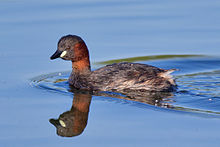 Little Grebes,
Little Grebes,  Little Sparrowhawks,
Little Sparrowhawks, 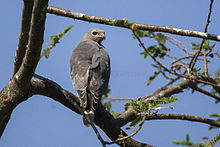 Lizard Buzzards,
Lizard Buzzards, 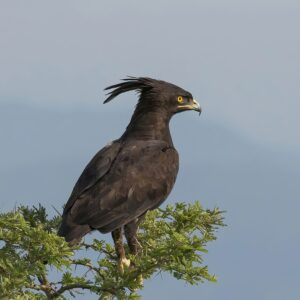 Long-crested Eagles,
Long-crested Eagles, 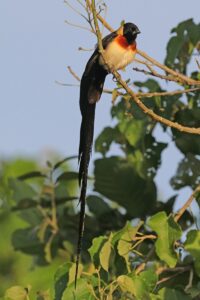 Long-tailed paradise-Whydahs,
Long-tailed paradise-Whydahs, 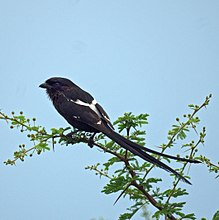 Magpie Shrikes,
Magpie Shrikes, 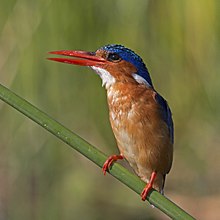 Malachite Kingfishers,
Malachite Kingfishers, 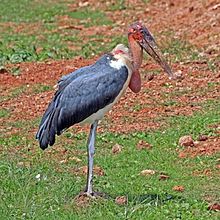 Marabou Storks,
Marabou Storks, 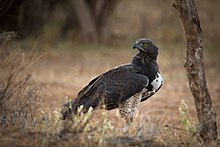 Martial Eagles,
Martial Eagles, 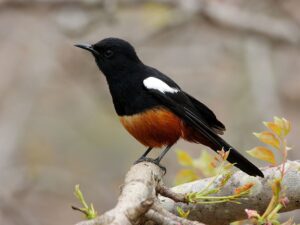 Mocking cliff Chats,
Mocking cliff Chats, 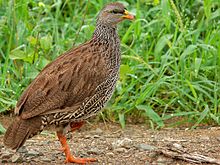 Natal Spurfowls,
Natal Spurfowls, 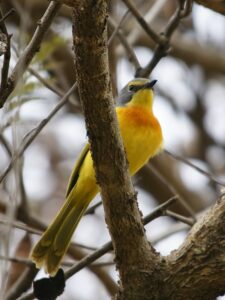 Orange-breasted Bushshrikes,
Orange-breasted Bushshrikes, 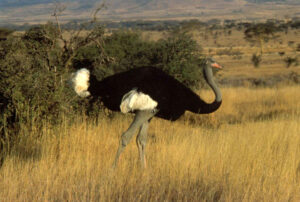 Ostriches,
Ostriches, 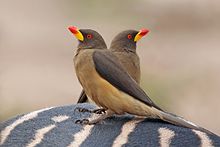 Oxpeckers,
Oxpeckers, 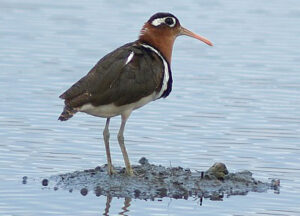 Painted-Snipes,
Painted-Snipes, 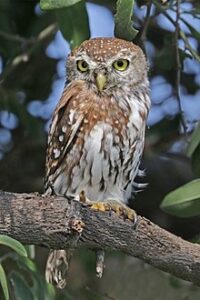 Pearl-spotted Owlets,
Pearl-spotted Owlets, 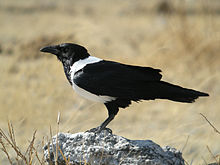 Pied Crows,
Pied Crows, 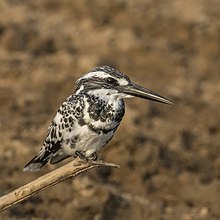 Pied Kingfishers,
Pied Kingfishers, 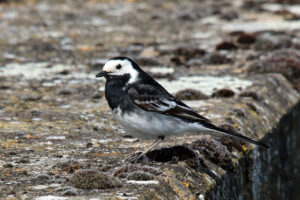 Pied Wagtails,
Pied Wagtails, 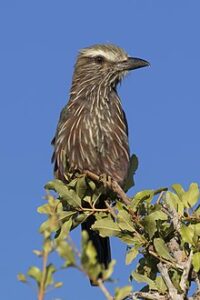 Purple Rollers,
Purple Rollers, 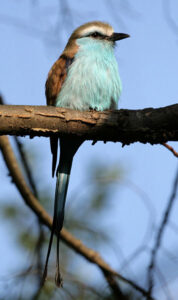 Racket-tailed Rollers,
Racket-tailed Rollers, 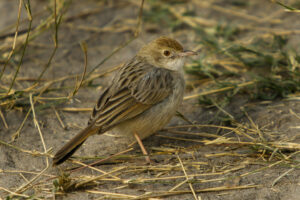 Rattling Cisticolas,
Rattling Cisticolas, 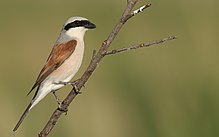 Red-backed Shrikes,
Red-backed Shrikes, 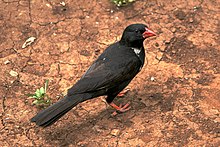 Red-billed Buffalo-weavers,
Red-billed Buffalo-weavers, 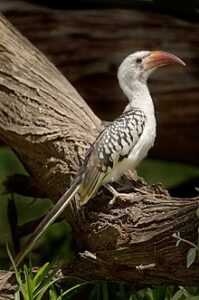 Red-billed Hornbills,
Red-billed Hornbills, 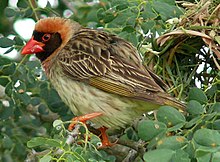 Red-billed Queleas,
Red-billed Queleas, 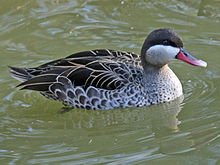 Red-billed Teal,
Red-billed Teal, 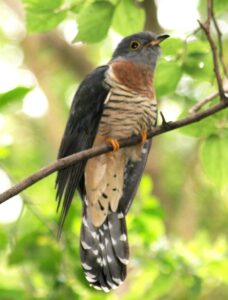 Red-chested Cuckoos,
Red-chested Cuckoos, 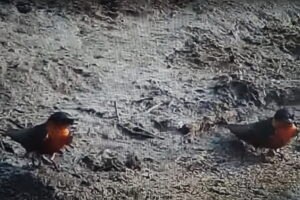 Red-chested Sparrows,
Red-chested Sparrows, 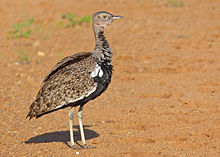 Red-crested Korhaans,
Red-crested Korhaans, 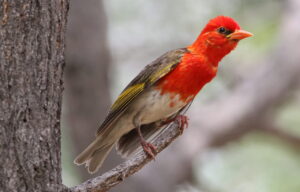 Red-headed Weavers,
Red-headed Weavers, 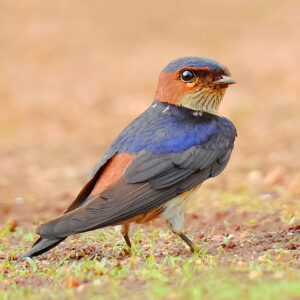 Red-rumped Swallows,
Red-rumped Swallows, 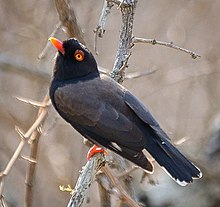 Retz’s Helmetshrikes,
Retz’s Helmetshrikes, 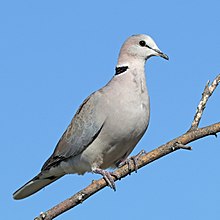 Ring-necked Doves,
Ring-necked Doves, 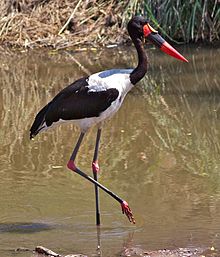 Saddle-billed Storks,
Saddle-billed Storks, 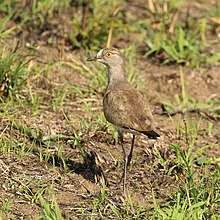 Senegal Plovers,
Senegal Plovers, 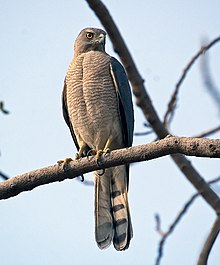 Shikras,
Shikras, 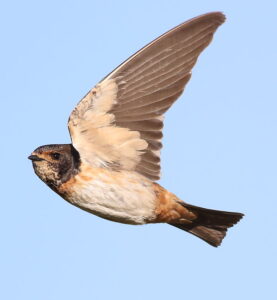 South African cliff Swallows,
South African cliff Swallows, 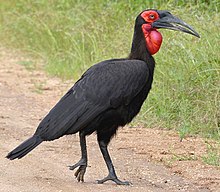 Southern ground Hornbills,
Southern ground Hornbills, 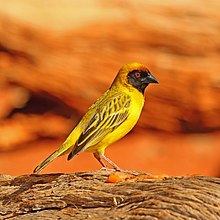 Southern masked Weavers,
Southern masked Weavers, 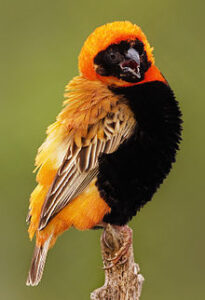 Southern red Bishops,
Southern red Bishops, 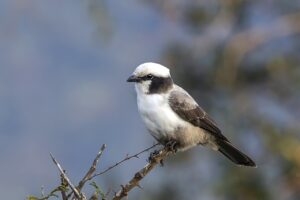 Southern white-crowned Shrikes,
Southern white-crowned Shrikes,  Southern white-faced Owls,
Southern white-faced Owls, 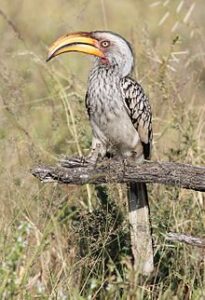 Southern yellow-billed Hornbills,
Southern yellow-billed Hornbills, 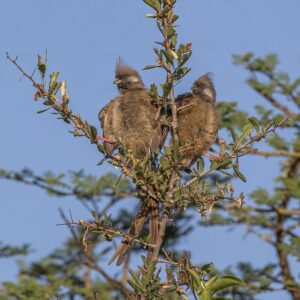 Speckled Mousebirds,
Speckled Mousebirds, 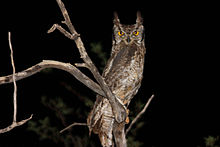 Spotted Eagle Owls,
Spotted Eagle Owls, 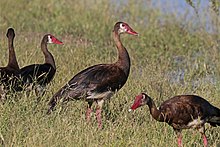 Spur-winged Geese,
Spur-winged Geese, 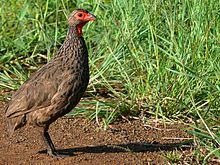 Swainson’s Spurfowls,
Swainson’s Spurfowls, 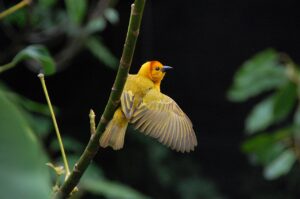 Taveta golden Weavers,
Taveta golden Weavers, 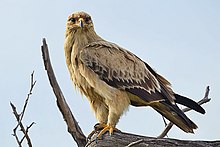 Tawny Eagles,
Tawny Eagles, 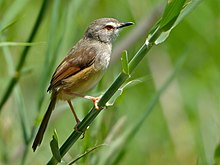 Tawny-flanked Prinias,
Tawny-flanked Prinias, 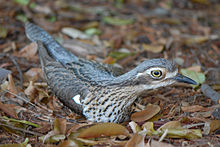 Thick-knees,
Thick-knees, 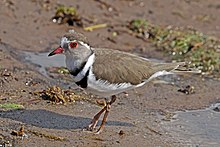 Three-banded Plovers,
Three-banded Plovers, 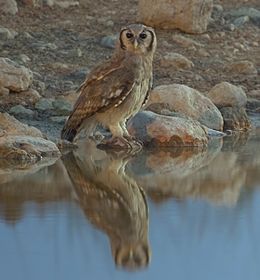 Verreaux’s Eagle-Owls,
Verreaux’s Eagle-Owls, 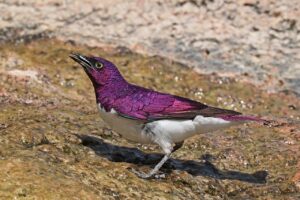 Violet-backed Starlings,
Violet-backed Starlings, 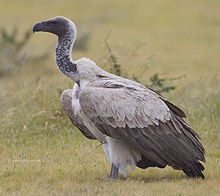 Vultures,
Vultures, 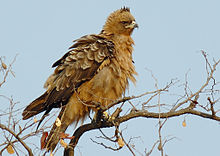 Wahlberg’s Eagles,
Wahlberg’s Eagles, 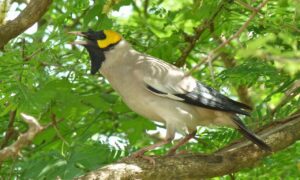 Wattled Starlings,
Wattled Starlings, 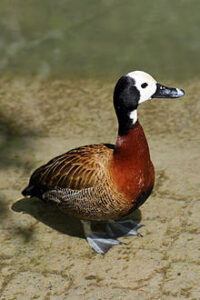 White-faced whistling Ducks,
White-faced whistling Ducks, 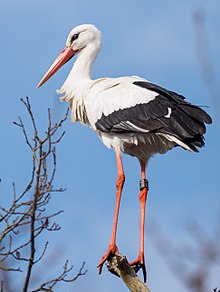 White Storks,
White Storks, 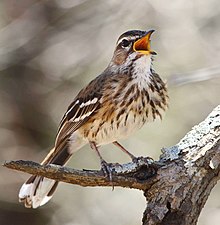 White-browed Scrub Robins,
White-browed Scrub Robins, 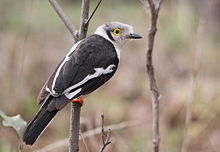 White-crested Helmetshrikes,
White-crested Helmetshrikes, 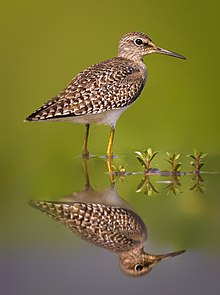 Wood Sandpipers,
Wood Sandpipers, 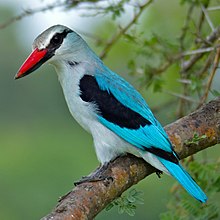 Woodland Kingfishers,
Woodland Kingfishers, 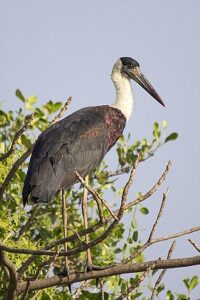 Woolly-necked Storks,
Woolly-necked Storks, 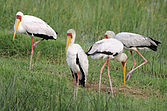 Yellow-billed Storks,
Yellow-billed Storks, 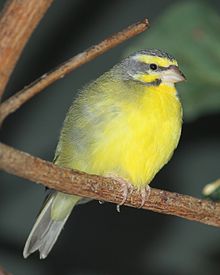 Yellow-fronted Canaries,
Yellow-fronted Canaries, 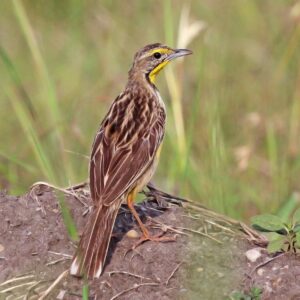 Yellow-throated Longclaws, and
Yellow-throated Longclaws, and 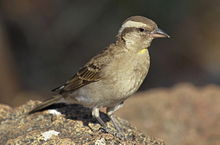 Yellow-throated Petronias).
Yellow-throated Petronias).
Thirty four (34) species of the Birds are seen at the waterhole both day and night: ( African Darters,
African Darters,  African sacred Ibises,
African sacred Ibises,  African Spoonbills,
African Spoonbills,  Barn Owls,
Barn Owls,  Black-crowned Night Herons,
Black-crowned Night Herons,  Black-smith Plovers,
Black-smith Plovers,  Burchell’s Starlings,
Burchell’s Starlings,  Crested Francolins,
Crested Francolins,  Crowned Plovers,
Crowned Plovers,  Double-banded Sandgrouse,
Double-banded Sandgrouse,  Egyptian Geese,
Egyptian Geese,  Fiery-necked Nightjars,
Fiery-necked Nightjars,  Green-backed Herons,
Green-backed Herons,  Grey Herons,
Grey Herons,  Grey Louries,
Grey Louries,  Helmeted Guineafowls,
Helmeted Guineafowls,  Lilac-breasted Rollers,
Lilac-breasted Rollers,  Little Grebes,
Little Grebes,  Marabou Storks,
Marabou Storks,  Painted-Snipes,
Painted-Snipes,  Red-billed Buffalo-weavers,
Red-billed Buffalo-weavers,  Red-billed Hornbills,
Red-billed Hornbills,  Saddle-billed Storks,
Saddle-billed Storks,  Southern Yellow-billed Hornbills,
Southern Yellow-billed Hornbills,  Spur-winged Geese,
Spur-winged Geese,  Tawny Eagles,
Tawny Eagles,  Thick-knees,
Thick-knees,  Three-banded Plovers,
Three-banded Plovers,  Verreaux’s Eagle-Owls,
Verreaux’s Eagle-Owls,  White-faced whistling Ducks,
White-faced whistling Ducks,  White Storks,
White Storks,  Woodland Kingfishers,
Woodland Kingfishers,  Woolly-necked Storks, and
Woolly-necked Storks, and  Yellow-billed Storks).
Yellow-billed Storks).
The waterhole cam has recorded the following animals: Servals - twice, Cheetahs - four times, Black-backed Jackals - 17 times, the African WildCat - 24 times, Crocodiles - 46 times, Honey Badgers - 53 times, Side-striped Jackals - 78 times, Wild Dogs - 79 times, Civets - 183 times, the Bushbaby - 211 times, Lions - 567 times total (the Styx Pride - once, the Talamati Pride - 230 times, and the Nkuhuma Pride - 328 times), Leopards - 912 times, and Hyenas - 9,933 times.
The mammals that have been seen during the night hours are: Monitor Lizards, Terrapins, Tree Squirrels, Rabbits, Genets, Civets, White-tailed Mongooses, Bushbabys, Elephants, White Rhinos, Hippos, Porcupines, Crocodiles, Honey Badgers, Spotted Hyenas, Side-striped Jackals, Black-backed Jackals, the African WildCat, Servals, Wild Dogs, Leopards, and Lions. Giraffes, Cape Buffalo, Antelopes, Warthogs, Wildebeest, and Zebra leave the waterhole at sunset to seek safety from predators and may return at sunrise. The waterhole cam has recorded the unusual occurrence of the following animals at night: Kudu - eight times, Zebra - 24 times, Giraffes - 42 times, Wildebeest - 56 times, Nyala - 117 times, Cape Buffalo - 122 times, Steenbok - 228 times, Bushbuck - 254 times, Waterbuck - 296 times, and Impala - 2,079 times.
Hope you’ll enjoy it.
Phillip Press
